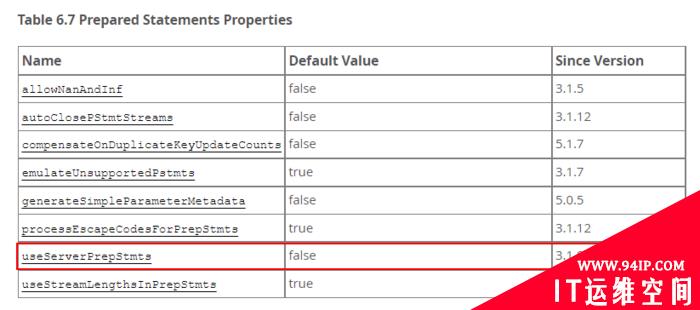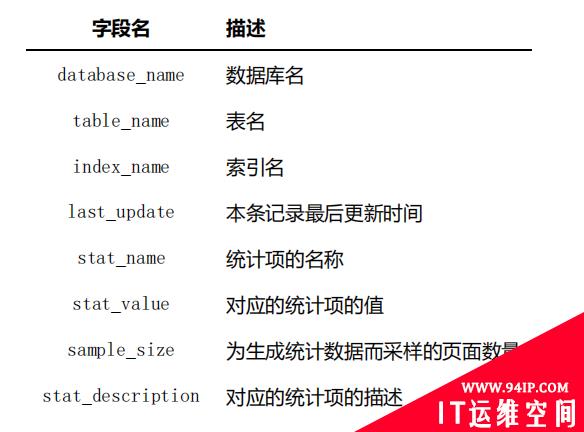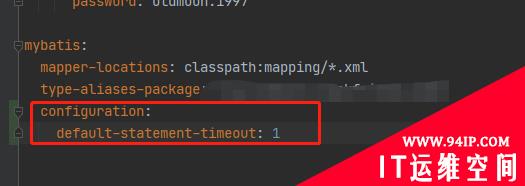Linux之sudo命令用法与介绍
Linux sudo命令以系统管理者的身份执行指令,也就是说,经由 sudo 所执行的指令就好像是 root 亲自执行。
使用权限:在 /etc/sudoers 中有出现的使用者。
语法
sudo -V sudo -h sudo -l sudo -v sudo -k sudo -s sudo -H sudo [ -b ] [ -p prompt ] [ -u username/#uid] -s sudo command
参数说明:
-V 显示版本编号
-h 会显示版本编号及指令的使用方式说明
-l 显示出自己(执行 sudo 的使用者)的权限
-v 因为 sudo 在第一次执行时或是在 N 分钟内没有执行(N 预设为五)会问密码,这个参数是重新做一次确认,如果超过 N 分钟,也会问密码
-k 将会强迫使用者在下一次执行 sudo 时问密码(不论有没有超过 N 分钟)
-b 将要执行的指令放在背景执行
-p prompt 可以更改问密码的提示语,其中 %u 会代换为使用者的帐号名称, %h 会显示主机名称
-u username/#uid 不加此参数,代表要以 root 的身份执行指令,而加了此参数,可以以 username 的身份执行指令(#uid 为该 username 的使用者号码)
-s 执行环境变数中的 SHELL 所指定的 shell ,或是 /etc/passwd 里所指定的 shell
-H 将环境变数中的 HOME (家目录)指定为要变更身份的使用者家目录(如不加 -u 参数就是系统管理者 root )
command 要以系统管理者身份(或以 -u 更改为其他人)执行的指令
实例
sudo命令使用
$ sudo ls [sudo] password for hnlinux: hnlinux is not in the sudoers file. This incident will be reported.
指定用户执行命令
# sudo -u userb ls -l
显示sudo设置
$ sudo -L //显示sudo设置 Available options in a sudoers ``Defaults'' line: syslog: Syslog facility if syslog is being used for logging syslog_goodpri: Syslog priority to use when user authenticates successfully syslog_badpri: Syslog priority to use when user authenticates unsuccessfully long_otp_prompt: Put OTP prompt on its own line ignore_dot: Ignore '.' in $PATH mail_always: Always send mail when sudo is run mail_badpass: Send mail if user authentication fails mail_no_user: Send mail if the user is not in sudoers mail_no_host: Send mail if the user is not in sudoers for this host mail_no_perms: Send mail if the user is not allowed to run a command tty_tickets: Use a separate timestamp for each user/tty combo lecture: Lecture user the first time they run sudo lecture_file: File containing the sudo lecture authenticate: Require users to authenticate by default root_sudo: Root may run sudo log_host: Log the hostname in the (non-syslog) log file log_year: Log the year in the (non-syslog) log file shell_noargs: If sudo is invoked with no arguments, start a shell set_home: Set $HOME to the target user when starting a shell with -s always_set_home: Always set $HOME to the target user's home directory path_info: Allow some information gathering to give useful error messages fqdn: Require fully-qualified hostnames in the sudoers file insults: Insult the user when they enter an incorrect password requiretty: Only allow the user to run sudo if they have a tty env_editor: Visudo will honor the EDITOR environment variable rootpw: Prompt for root's password, not the users's runaspw: Prompt for the runas_default user's password, not the users's targetpw: Prompt for the target user's password, not the users's use_loginclass: Apply defaults in the target user's login class if there is one set_logname: Set the LOGNAME and USER environment variables stay_setuid: Only set the effective uid to the target user, not the real uid preserve_groups: Don't initialize the group vector to that of the target user loglinelen: Length at which to wrap log file lines (0 for no wrap) timestamp_timeout: Authentication timestamp timeout passwd_timeout: Password prompt timeout passwd_tries: Number of tries to enter a password umask: Umask to use or 0777 to use user's logfile: Path to log file mailerpath: Path to mail program mailerflags: Flags for mail program mailto: Address to send mail to mailfrom: Address to send mail from mailsub: Subject line for mail messages badpass_message: Incorrect password message timestampdir: Path to authentication timestamp dir timestampowner: Owner of the authentication timestamp dir exempt_group: Users in this group are exempt from password and PATH requirements passprompt: Default password prompt passprompt_override: If set, passprompt will override system prompt in all cases. runas_default: Default user to run commands as secure_path: Value to override user's $PATH with editor: Path to the editor for use by visudo listpw: When to require a password for 'list' pseudocommand verifypw: When to require a password for 'verify' pseudocommand noexec: Preload the dummy exec functions contained in 'noexec_file' noexec_file: File containing dummy exec functions ignore_local_sudoers: If LDAP directory is up, do we ignore local sudoers file closefrom: File descriptors >= %d will be closed before executing a command closefrom_override: If set, users may override the value of `closefrom' with the -C option setenv: Allow users to set arbitrary environment variables env_reset: Reset the environment to a default set of variables env_check: Environment variables to check for sanity env_delete: Environment variables to remove env_keep: Environment variables to preserve role: SELinux role to use in the new security context type: SELinux type to use in the new security context askpass: Path to the askpass helper program env_file: Path to the sudo-specific environment file sudoers_locale: Locale to use while parsing sudoers visiblepw: Allow sudo to prompt for a password even if it would be visisble pwfeedback: Provide visual feedback at the password prompt when there is user input fast_glob: Use faster globbing that is less accurate but does not access the filesystem umask_override: The umask specified in sudoers will override the user's, even if it is more permissive
以root权限执行上一条命令
$ sudo !!
以特定用户身份进行编辑文本
$ sudo -u uggc vi ~www/index.html //以 uggc 用户身份编辑 home 目录下www目录中的 index.html 文件
列出目前的权限
sudo -l
列出 sudo 的版本资讯
sudo -V
转载请注明:IT运维空间 » linux » Linux系统sudo命令用法与介绍




















发表评论